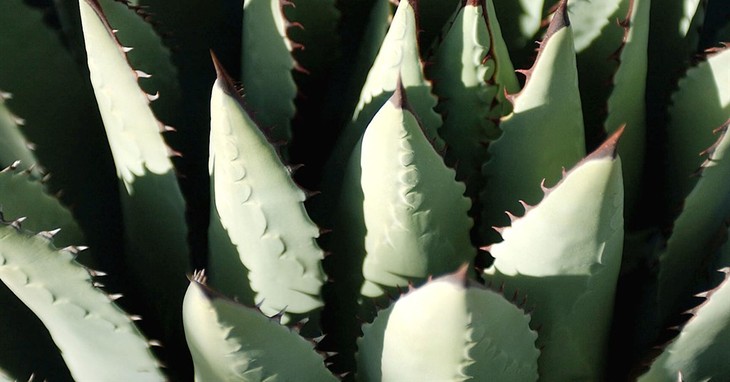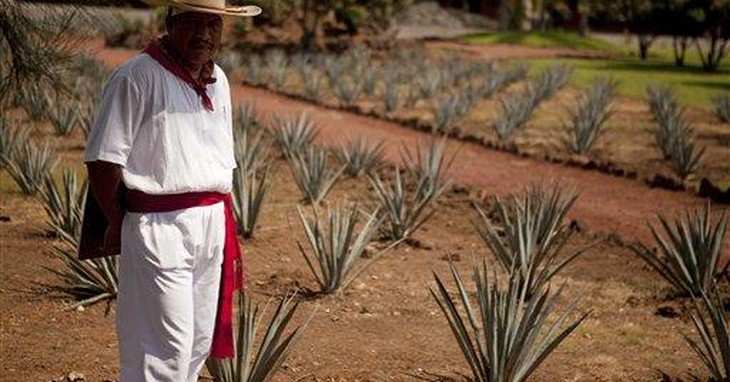Miraculously, we maintain many misconceptions on mainstream Mexican spirits, including tequila.
You would think with our proximity, to say nothing of the cultural adaptation between our countries, we would have a much clearer understanding of the manners and mores of our Mexican neighbors. Instead, our shared history and the porous border do not always translate to a firmer understanding of cultural standards. This follows suit in the Mexican spirits category. While most are firmly aware of say, Tequila and its properties, there are numerous incorrect assumptions about the product, something that is both odd and amazing, considering just how close we are to the source material.
Take something indirectly related but perfectly emblematic of this reality — Cinco de Mayo. Although it is a celebration rooted in Mexican lore, it is not accurately portrayed. It is not the day of Mexican independence, and it is not widely celebrated in that country. Adopted by the food and beverage industry here a few decades ago, it has largely become an Americanized celebration, and things have gone fully opaque that now it is considered by some an appropriation of Mexican culture.
That same misunderstanding or bastardization takes place with one of the primary potables imbibed on that day — Tequila. Take the well-worn practice of slamming back tequila, the salt-shot-lime technique so many collegians were indoctrinated with as proper. This is derided in some circles as “The Training Wheels Method,” a sign of both consuming low-grade products and being a novice tequila drinker. (I’ll aver, one acceptable instance is with the ”body shot”; if fortunate enough to have a willing nubile accomplice, you lick the salt from their belly, inhale the tequila poured into their navel, and then collect the lime wedge from their lips.)
Now, in an effort to corregir el registro, let us get into the particulars of spirits from South of the Border.

Of Botany and History
First off, the common misconception by some is that tequila derives from a cactus. This inaccuracy is furthered by the confusion that a similar spirit, Mezcal, is similar or a derivative of the psychotropic Mescaline. The latter is the primary component of peyote, and it is in fact extracted from the cactus plant. However, mezcal and its very close brethren tequila are not in fact cactus derivatives.
Many are aware those spirits come from the agave plant. This is a desert denizen that is a large succulent, more closely related botanically to asparagus. While the Mexican ancestors had been known to both eat and create alcoholic drinks from the wild-growing plants, it was held that the Spanish occupation brought the distillation of higher-proof drinks; this has been found to be incorrect. What makes the Mexican spirits unique is not just the product, but the collection of the raw ingredients of the plant.
What is being used primarily are the sugars developed by the plant, in the form of its sap, which is produced during its flowering stage. The first challenge is that agave is not a perennial. Most varieties of the plant only bloom once every decade, sometimes longer. This means a working knowledge and close monitoring of the plant is required because it needs to be harvested just prior to the bloom stalk forming. This began when the first agave drink was created — Pulque.
This pungent, low-alcohol drink was made by cutting the first sign of the flowering stalk. The heart will begin to expand over a period of weeks, as the sugars produced for flowering are not used, at which point the heart is scored and the contents eliminated. For a period of months, the plant continues to produce its sap as a result, gallons of such collected for many months. This sweet base ferments readily, basically a wine that is described as being on par with spoiled fruits. Modern versions use a variety of flavorings, from fresh fruits to coconut to create a far more potable drink.
Tequila and mezcal use the same plant but in a completely different manner. First, different species of agave are used, and the syrupy sap is not the goal, as it does not lend well to distilling. Instead, while the early budding is cut off in a similar fashion, the leaves are cut and the entire heart becomes harvested, leading to a slow roasting period that can last for days, caramelizing the sugars and making them more adept for a high-proof distillation. After days in the underground ovens, the hearts would be crushed and the juice is taken to be distilled.

Tequila first described this product made in the Jalisco state, labeled with the toponym of the famed city. Soon, though, it evolved into its own product, one with a method developed to cater to the swelling popularity. Tequila today differs significantly from mezcal in its creation, with most labels qualifying as what is called Mixtos. Rather than wild agave, tequila farms its plant base and uses a single species. It also prepares the hearts with a more efficient oven and steam method. Also, the base is created using a variety of other sugars.
Like other nations that have codified domestic wine and/or spirit standards, Mexico likewise has the denomination of origin standards for its products. The drink can only be designated as mezcal if it was produced in one of five designated states. Tequila, meanwhile, has to still meet particular standards. A mixtos, while permitted for the product, has a required mash bill as it must still maintain a minimum of 51% of its sugars from agave plants.
A Product Endangered By Popularity
As production methods have both improved the volume and quality of the product, its popularity has swelled as a result. Last year the pandemic influenced many changes in the ways the public bought and consumed adult ingestible products. Tequila sales experienced a rise of over +15%, moving past rum to become the third most popular spirit. This is both a boom for that industry and a strain on its production. The biggest challenge is that the crops contain a limiting characteristic.
The ten-plus-year cycle of flowering is just the first challenge. Not only are you constrained by the timing but the cultivation is also a limiting factor. Since the agave has to be tended and harvested before germination, this curtails the number of new seedlings. Agave can propagate via offshoots, but this method produces more of a cloned culture of plants. It is something becoming even more dangerous in the tequila fields.

Since that product relies on a solitary species of agave that lack of a diverse genetic line, this leaves the crop extremely vulnerable to infestations and other outside threats to the plants. Asexual propagation limits the plants from developing natural defenses, and if a predatory pest finds favor, then it has a free rein over the crop. Another self-created challenge is that a shift to more natural pollination methods is made more difficult, because the practice of preventing blooming has also depleted the populations of the natural pollinators, like birds and bats.
If the crops continue to become threatened, then the next phase will see the rise in prices — to match the rise in the product’s popularity.















